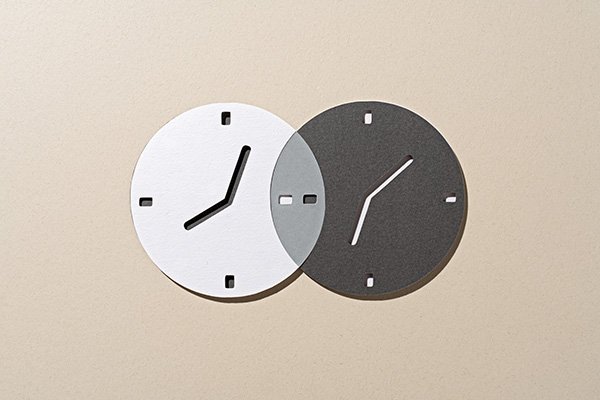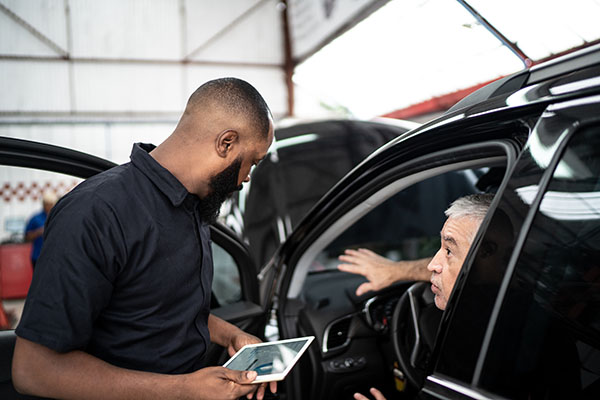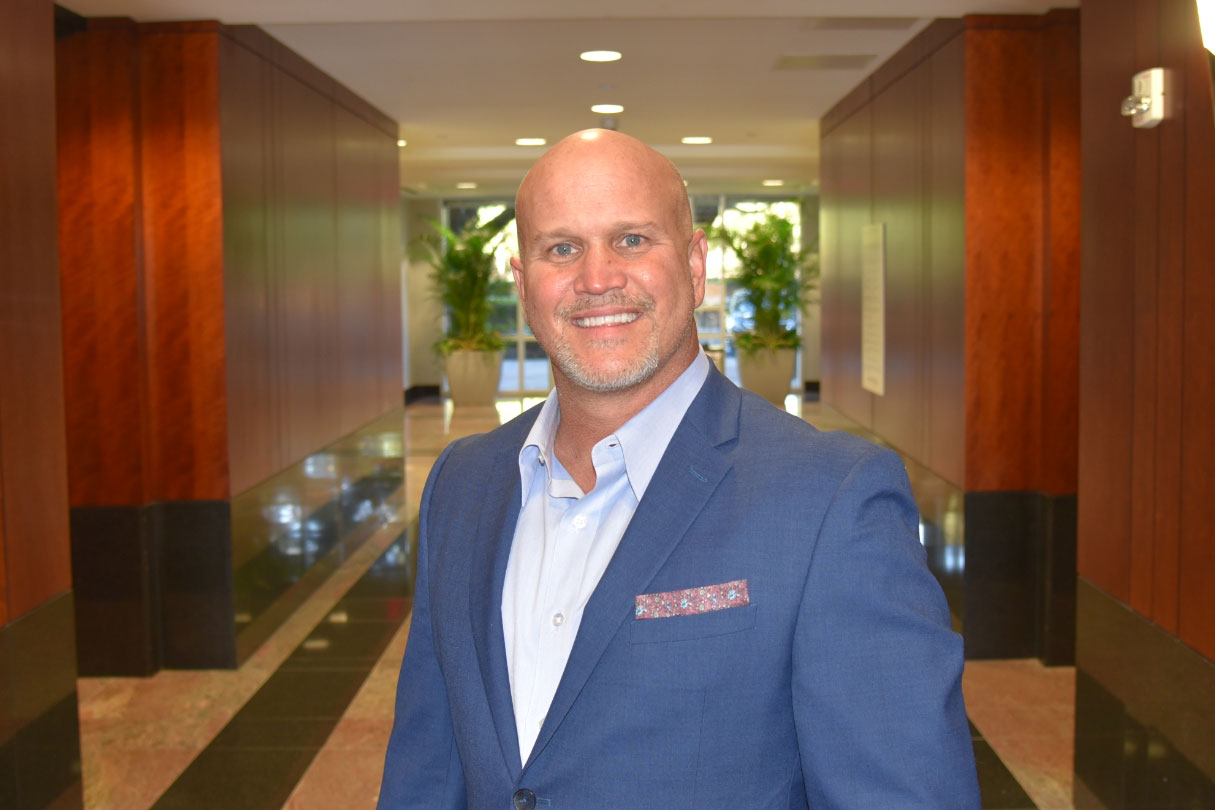What You Need To Know About Used Car Reconditioning

Article Highlights:
- See where the bottlenecks are in your reconditioning process.
- Get real-time knowledge on all the vehicles in your reconditioning process.
Time to market (cycle time) is crucial to the profitability of your used car inventory, so your goal should be to minimize it as much as possible. To do it, you need to have complete awareness of your current process. More so, you need to know what part of the process is slowing down your cycle time and costing you money. The old adage “knowledge is power” is very true in this situation.
If you’re the general sales manager or used car manager, you’re probably thinking “Hey, why should I care about this stuff? Reconditioning is a fixed operations problem”. That makes sense; your job is to sell vehicles and make the dealership money. However, if you could get cars on the lot faster by reducing cycle time, it would make you more profitable and help make your job easier, right?
The Cold, Hard Numbers
We all know about holding costs, and we can agree there are some fixed costs that can’t be changed. So, let’s focus on what we can change:
• Used car holding costs can be $40 to $85 per day.
• The average used car inventory size is 70 cars.
• The average dealership takes approximately 10 days to recondition a vehicle when accounting for the entire cycle time from acquisition to front line ready.
Let’s figure this on the low side: if a single vehicle in your used inventory has a holding cost of $40 per day, the total holding cost during those 10 days of reconditioning is $400. That means reconditioning your fleet of 70 vehicles carries $28,000 in holding costs. If you assume your inventory turns over every 60 days on average, that equates to $168,000 per year. That’s a lot of money sitting behind your dealership.
Now, you can’t get rid of holding costs, and you need to recondition those vehicles. But, what if you could cut your cycle time in half? With the right tools, commitment, and discipline, it can be done. And you’ll save several thousand dollars a month.
Used Car Reconditioning, Smarter and Cheaper
With a nationwide shortage of qualified technicians, the cost of labor is only going up, and the only way to reduce reconditioning costs is to cut down your cycle time.
Let’s look at a sample workflow to gain insight into how you can improve efficiency:
1. A car is acquired and entered into your DMS, then sent to your reconditioning team.
2. An estimate of what work needs to be done is completed and delivered to a manager for approval. The faster you can get a complete estimate, the faster it can be reviewed for approval.
3. The manager reviews and approves the repairs he chooses and/or are necessary. The faster the vehicle can be approved, the faster parts can be sourced and work can begin.
4. The car enters the first department required for service. The work is completed.
5. Then the car is delivered to the next department or vendor required for service.
6. Repeat steps 4 and 5 until all services and repairs are done.
7. Quality check your used vehicle.
8. Move the newly reconditioned vehicle to your lot for sale.
While your used vehicle is moving through this workflow, do you have complete oversight of where it is in the process and how long it’s taking at each step? Having this insight will let you see where your bottlenecks are and when you can expect to have it available for sale. Don’t forget about your vendors either. You should have the ability to monitor them for efficiency and accuracy of billing.
Additionally, your sales staff would benefit from knowing where vehicles are in the reconditioning process. If a customer comes in requesting a particular car that’s in the middle of reconditioning, they can let the customer know and give them an accurate date for when it will be ready.
The Bottom Line
You need to use a reconditioning management system that allows you to have real-time knowledge of all the vehicles in your reconditioning process. The system should have a customizable interface that allows you to conform the software to your dealership’s existing workflow. It should be a simple, yet effective tool that not only tracks, but also fixes your reconditioning process.
Related Articles:

True Story: Night and Day Service Scheduling
What establishments do you frequently visit? They know you – your name, address, details from your last visit. Why shouldn’t your dealership be the same?

Managing Missed Appointments in Your Service Department
Are you properly handling the missed appointments in your service department?

Bringing Balance to the (Work) Force: Jedi Tactics for Defeating a…
As we celebrate May the 4th, let’s look beyond the stars and into our service departments, where a challenger nearly as daunting as Darth Vader…

3 Reasons You Need a CRM in Your Service Drive
If you’re not currently using a customer relationship management (CRM) tool in your service department, you’re probably wondering if it’s worth having. I present the…















